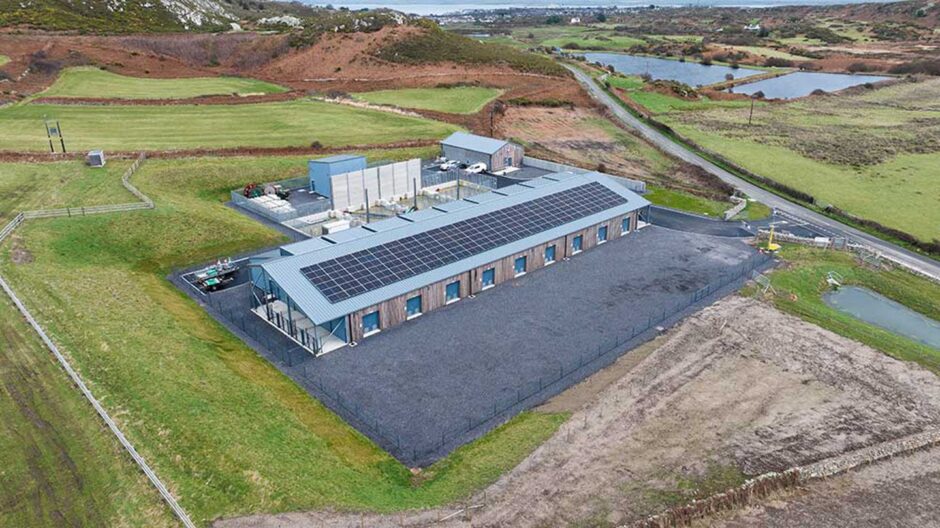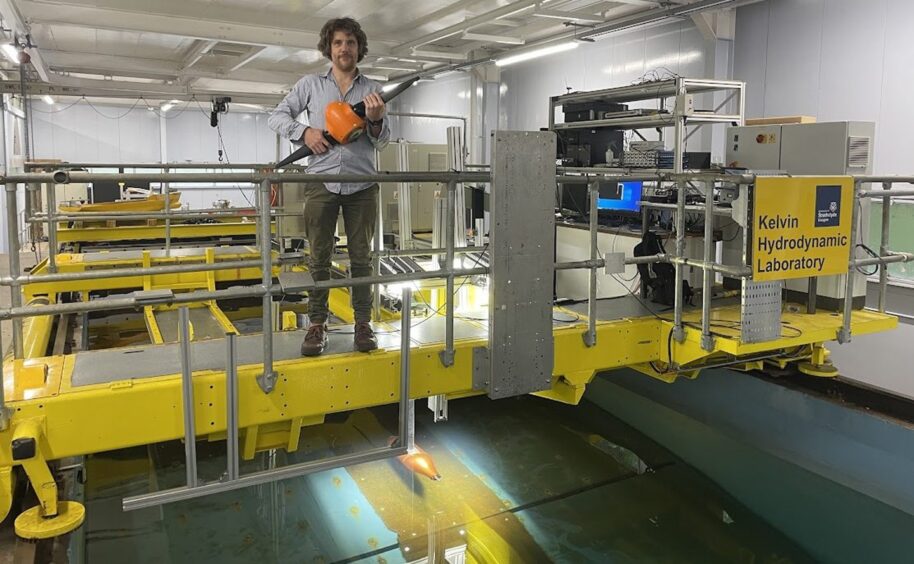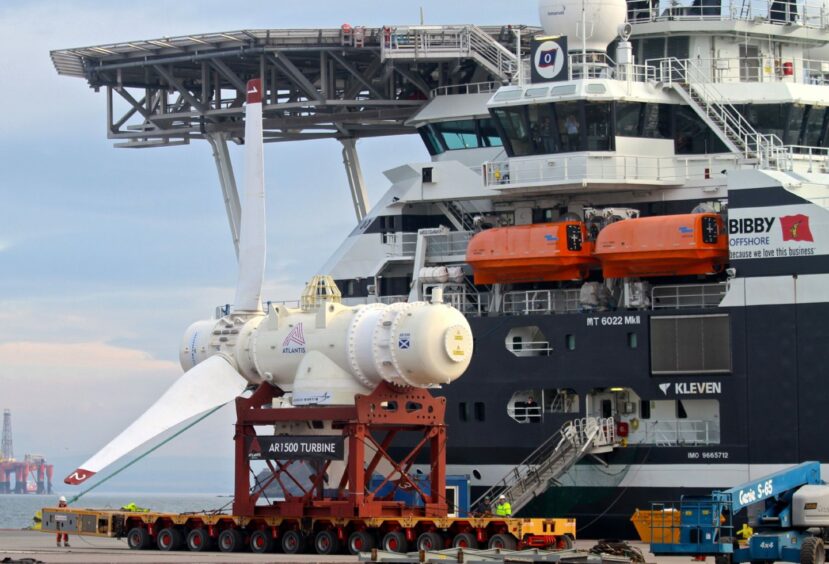Inyanga Marine Energy Group said on October 24 that it was launching a crowdfunding round in order to raise funds for its HydroWing tidal energy technology.
Cornwall-based Inyanga is using the UK-based Crowdcube platform to carry out the funding round, which was approved by the platform on October 21.
This comes after HydroWing was awarded two contracts for difference (CfD) in the UK government’s 2023 and 2024 allocation rounds, each for 10 MW of capacity.
In the latest auction, Allocation Round 6 (AR6), held in September, HydroWing was awarded the largest tidal energy contract of the round. This doubled the capacity of the planned project, which would be developed at Morlais in Wales, to 20 MW.
Inyanga has also signed a memorandum of understanding (MoU) with Verdant Morlais to deliver a further 4.9 MW tidal stream energy project at Morlais.
However, the latest news suggests that further funding is needed for the project to take off. In its announcement about the launch of the crowdfunder, Inyanga said HydroWing was aiming to “unlock the full potential of tidal energy with its patented ‘all in one’ solution”.
Few other details were provided at the time, but previously, Inyanga has described the Morlais tidal energy project as the only one of its kind. Upon being awarded its latest CfD in September, the company said all necessary infrastructure was already installed in the area, including a connection to the national grid and two onshore substations.
Inyanga is not currently sharing information on how much it is aiming to raise via the crowdfunder – or through any other means – nor is information available on who has invested in HydroWing to date. However, the company has issued various updates recently, which suggest that it is making progress on its tidal energy ambitions.
In late September, Inyanga said it had successfully completed hydrodynamic testing of the passive pitch unit for the HydroWing technology. It said the test results confirmed that the blade rotor on HydroWing’s tidal energy device can automatically regulate its own pitch using its self-adjusting system. The company said that this breakthrough validated the HydroWing technology.
The push to fund the HydroWing project comes as ocean energy is being predicted by industry group Ocean Energy Europe to reach an estimated value of €53 billion (£44bn) globally by 2050. Indeed, Inyanga is not the only company to be using Crowdcube to raise funds for a tidal energy project.
Another crowdfunder was launched on the platform on October 1 by Proteus Marine Renewables, which is using Crowdcube to help scale up its tidal energy operations and expand its global reach.
Proteus says it has already generated over 20 GWh of clean energy in the UK, Japan, and Australia and is now trying to make the move into tidal energy. The company anticipates that the crowdfunding campaign will enable it to finalise product readiness ahead of global deployment of its tidal technology.
On October 21, it announced that it had been issued a design evaluation conformity certificate for its AR1100 system in Japan by ClassNK. The company said this had brought it one step closer to making tidal power a reality in Japan, with turbine assembly nearing completion soon, which in turn would allow for installation and commissioning in early 2025.
As of October 24, Proteus had raised almost £211,000 on Crowdcube out of a targeted £500,000, with 278 investors having contributed.
Recommended for you




 © Supplied by Inyanga Marine Energ
© Supplied by Inyanga Marine Energ © Supplied by Inyanga
© Supplied by Inyanga © SYSTEM
© SYSTEM






